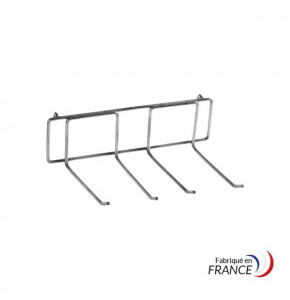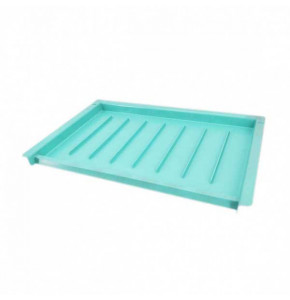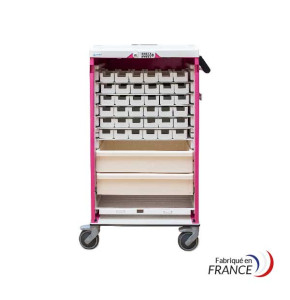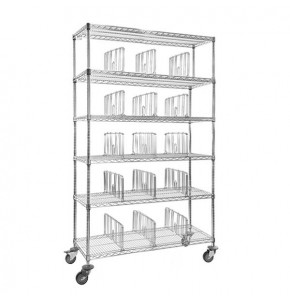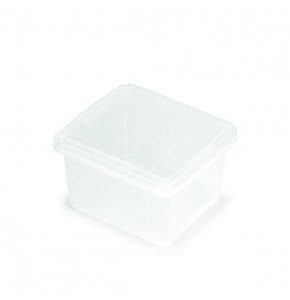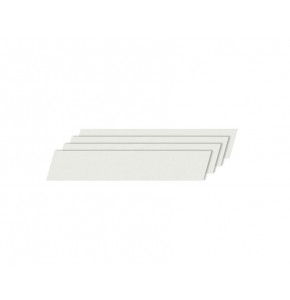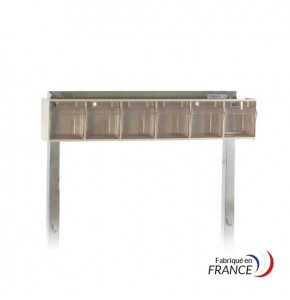Maintenance of hospital wards
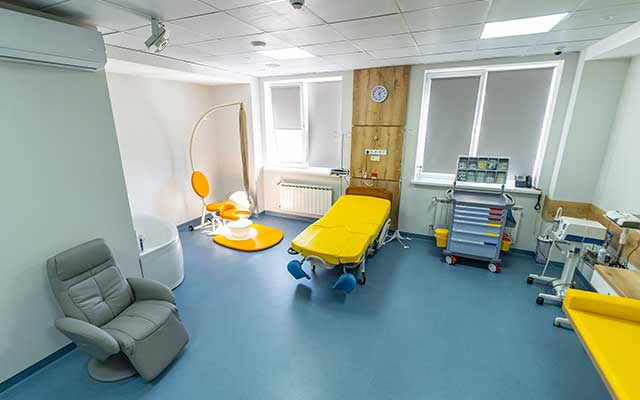
The maintenance of premises seems, in normal circumstances, to be an extremely banal thing when seen from the outside. But in reality, it takes on its full meaning in a hospital environment, as its aim is to reduce the risk of spreading diseases and in particular to fight against nosocomial infections (this is an infection contracted during hospitalisation. The patient did not have this infection in the 48 hours before hospitalisation).
In this article, we will focus on the treatment room, a space used for the preparation of care.
The treatment room is a space that must meet very specific objectives. Indeed, the treatment room is a space that must be ergonomic and must facilitate the circulation of care workers. Moreover, the construction of this space aims above all to reduce tasks that are not related to care.
In a way, it aims to save time so that the workers are much more available for the patients. The installation of a treatment room in a health care institution is a sign of the institution's desire to improve the working conditions of the staff.
Today, treatment rooms are no longer just any spaces attached to a hospital. They are intended to become clean, personalised spaces that meet specific needs. They are studied and designed to respond to the problems of the various departments concerning the hygiene and ergonomics of the room.
Companies specialising in the design of these workspaces, such as mulTiroir Médical, use advanced three-dimensional software to visualise the layout of the room realistically and precisely.
The computer tool is used above all to facilitate the study and in particular to arrange the cramped rooms. It will be completed by a team of professionals who will accompany you throughout your project.
Like the rest of the health establishment, the treatment rooms are subject to the passage of agents who are carriers of germs that can be transmitted to patients. It is therefore important that this space remains impeccable.
With this in mind, health care facilities can involve a variety of staff who will be responsible for maintaining floors and surfaces. These may be nursing assistants, hospital care assistants (HCAs) or even cleaning staff from service providers. Regardless of who is responsible for cleaning, their mission is to prevent nosocomial infections.
To this end, the agents in charge of cleaning must respect a logical order:
- Air the room to renew the air
- Clean and disinfect the different surfaces such as the work surface, the benches, the sink, the examination table...
- Clean germy surfaces such as door handles and switches
- Clean the floors twice a day using the sculling technique (this is a technique that consists of never lifting the ballet to avoid the dispersion of dirt)
 Francais
Francais 
 Cart
Cart Quote
Quote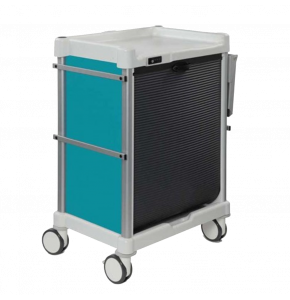
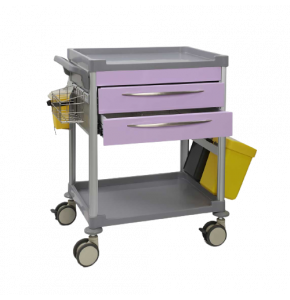
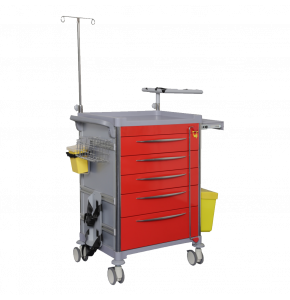
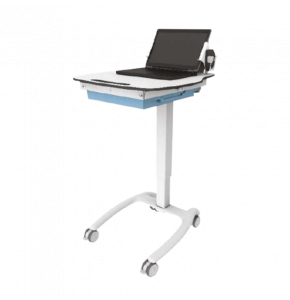
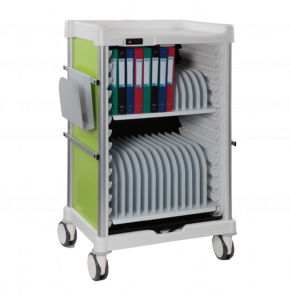
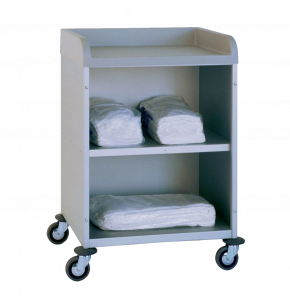
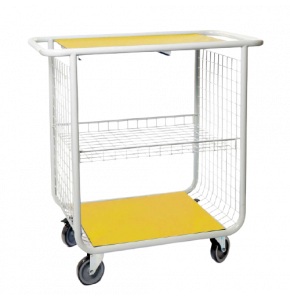
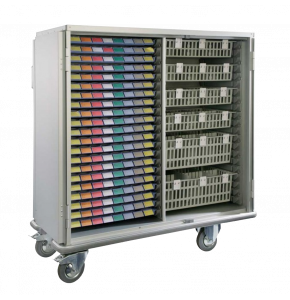
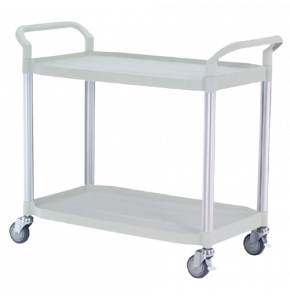
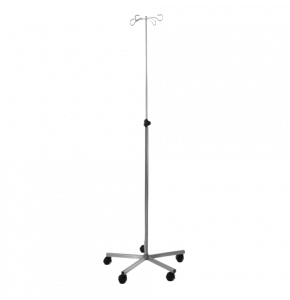
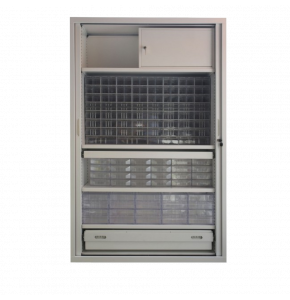
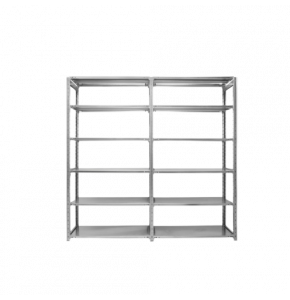
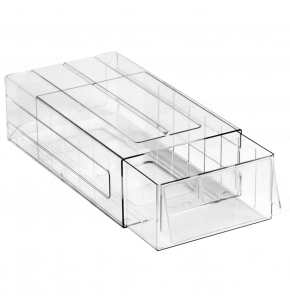
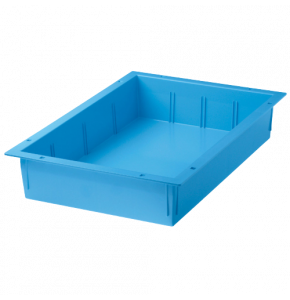
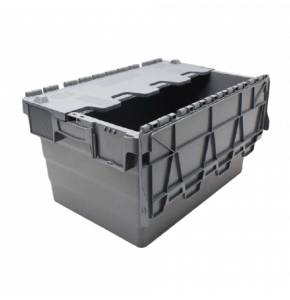
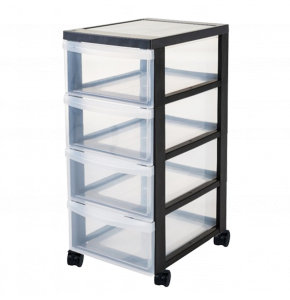
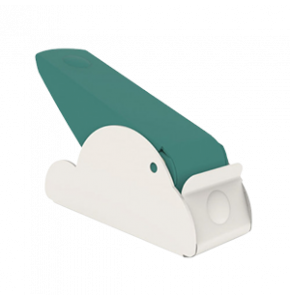
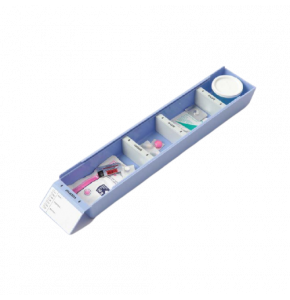

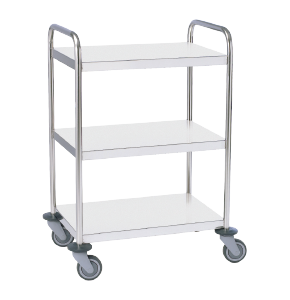
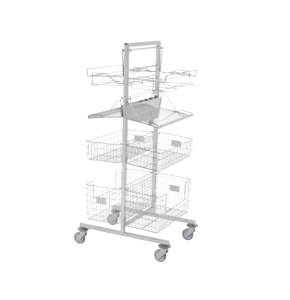
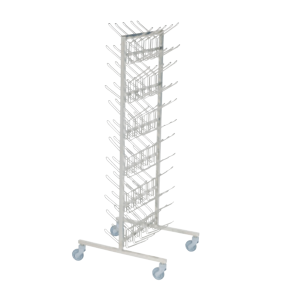
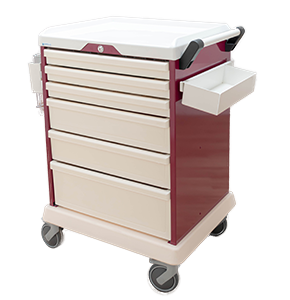
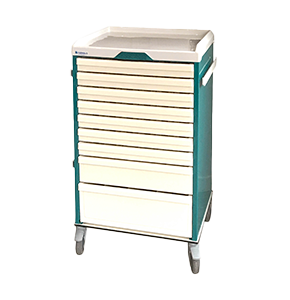
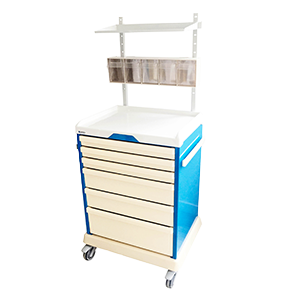
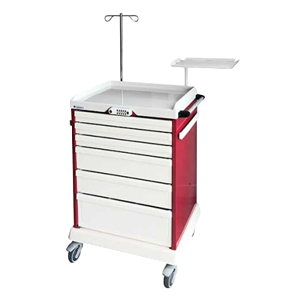
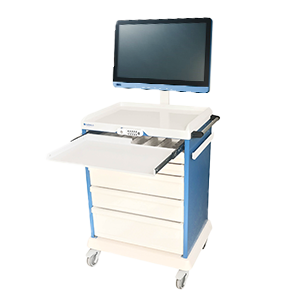
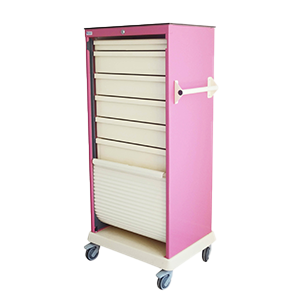
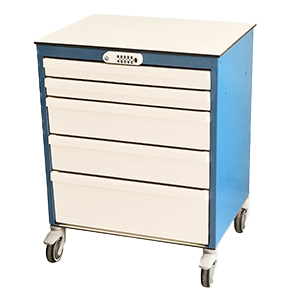
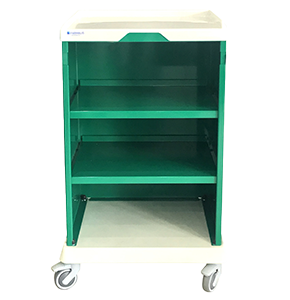
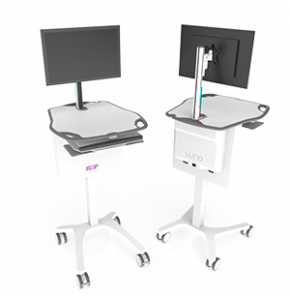
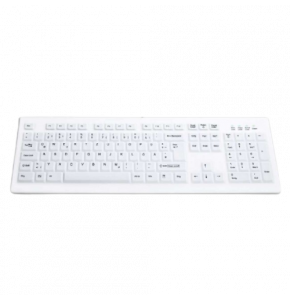
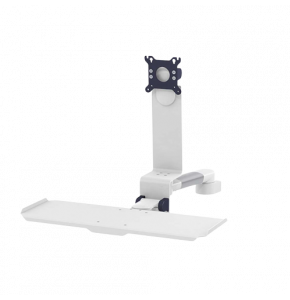


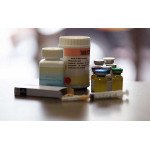
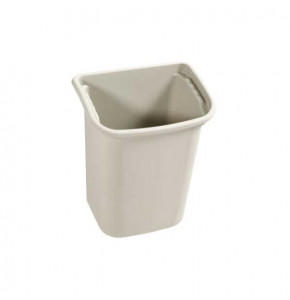
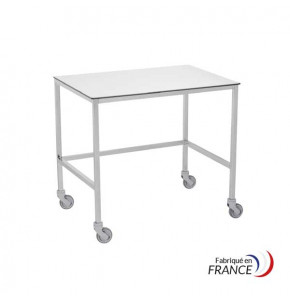
-290x300.jpg)
